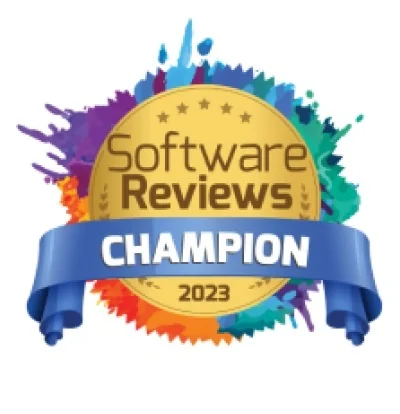There’s something terribly wrong with your company, isn’t there?
We’re not talking about how demanding your clients are, or the enormous amount of data you need to dig through (although we can certainly empathize with you on that score!). No, what we’re referring to is the way your company handles data lineage.
Why You Should Be Thinking About Data Lineage
You know even better than we do that your system isn’t everything it could be. You probably scrutinize whether your company’s BI is managed properly, and whether your strategies—like your root cause analyses—actually provide you with the accurate insight and viability you need to regenerate lost inputs.
Tell us if this sounds familiar: Every time a reporting error pops up, your team gets together and starts reverse engineering how the report was created and tracing data lineage to find the source of the problem. Best case scenario, this takes hours. But more often, it takes days, or even weeks of searching. And when you finally find the root cause of the error, you might understand its impact on the specific report (you know, the one that brought you all into the office on a Saturday)—but what about all the other tables, metrics, and reports that correlate with this source?
How can you tell whether this single error might impact other reports in the organization? And worse yet, how many hours of work will it take to bring everything back on track?
These problems are common when companies don’t understand the full scope of their data lineage:
– Location of data;
– Which processes load data into which reports;
– How each of these processes affects reporting across every table and ETL system.
If you’re like most BI operators forced to work across disjointed legacy systems, we’re willing to bet that you’re already aware of these issues. Our research shows that BI groups waste over 50 percent of their time manually locating data. And our personal experience has shown us the same—we’re bombarded by BI managers frustrated with their inability to manage their metadata consistently or accurately.
And as data regulations across the world continue to evolve (think GDPR—the new set of data protection regulations that courts have already begun to enforce), understanding your company’s metadata and data lineage lifecycles will become more important than ever.
A New Way of Handling Data Lineage
The status quo isn’t enough for efficient metadata management. The writing is on the wall—BI managers are frustrated, overworked, and sick of doing everything by hand. They’re done with single-dimensional BI data lineage tools that make even basic root cause analyses a chore.
Fortunately, better options are out there. We’re in a BI renaissance; an emerging 4th generation of data lineage tools that can deal with the most sophisticated business needs.
These tools leverage the power of automation to raise your BI platform to new heights:
– Centralize your company’s metadata in a single platform;
– Use search tools to locate troublesome data fields;
– Lay out the full lineage of each piece of data across every report and every ETL process;
– And when changes are made, update your data fields, metrics, and forms across all systems in real-time.
In short, it’s time to rethink your data lineage paradigm. Old-fashioned tools are no longer enough. You need multi-dimensional data lineage tools that provide a clear view of the data journey, reduce your IT costs, free up your employees’ time, and increase your BI group’s capacity across the board. Contact us for a free demo if you’d like to learn more.







